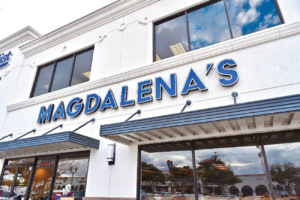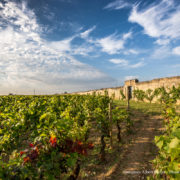Carbonara: Typical Flack
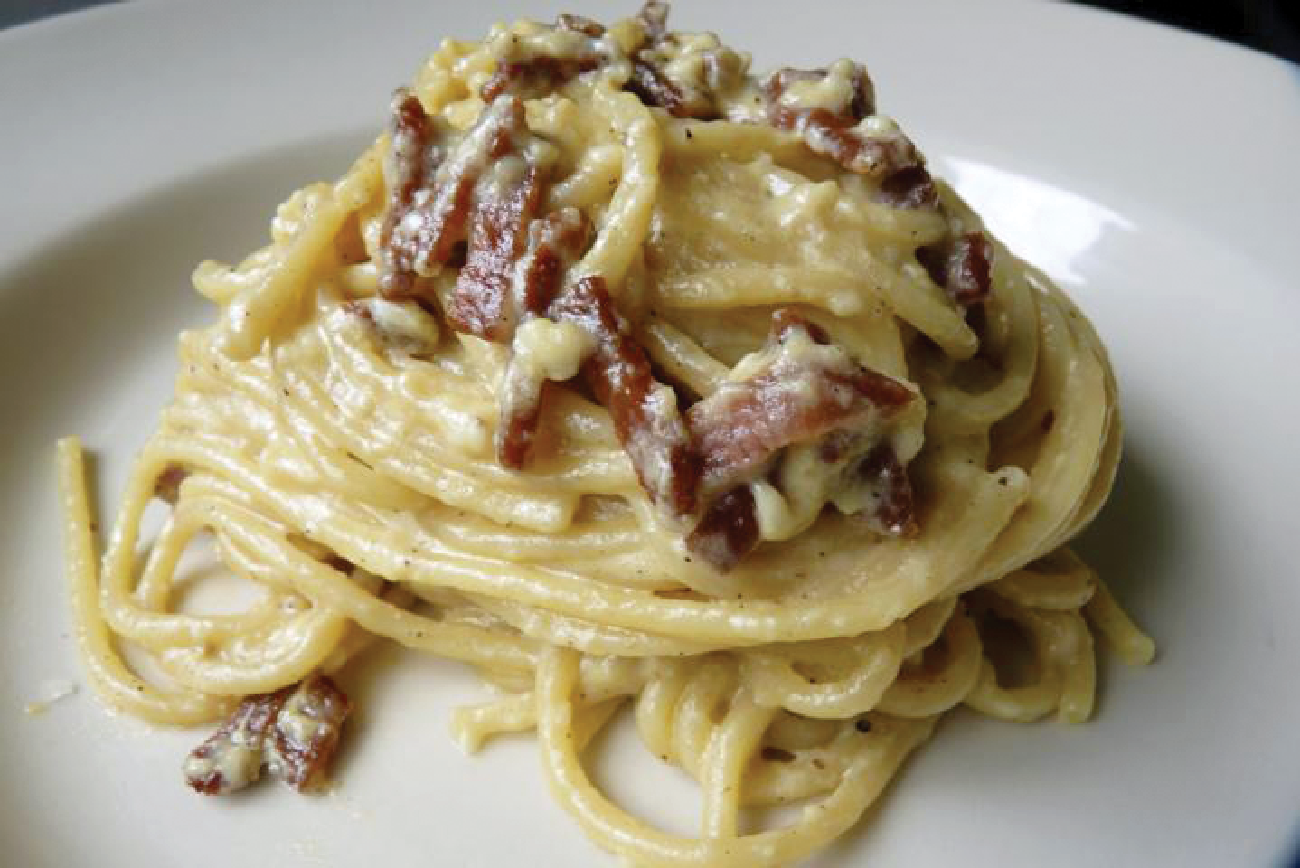
Food writers often apologize for discussing pasta carbonara. It’s not that they malign carbonara and throw it out to the dogs, it’s that the relentless chatter about the “right” way to make carbonara and the endless noise about the origins of carbonara represent tired old tales. Their audiences tend to be familiar with such gastronomic tidbits as the word carbonara translates to “coal burner,” and the recipe’s black pepper symbolizes coal dust.
Well and good. Carbonara deserves respect.
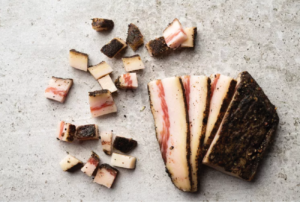
The late chef Antonio Carluccio who is known as the godfather of Italian gastronomy demonstrated how to make spaghetti carbonara on video. His carbonara ingredients – fried guanciale (cured pork cheek,) raw eggs, Pecorino Romano, parmesan and ground black pepper – are carved in stone. It’s a sin to add cream. “Cream is absolutely forbidden.” The godfather fervently guards tradition. “This is the real carbonara. The only one.”
Luciano Monosilio was nicknamed the King of Carbonara for the spaghetti carbonara he dishes out at Luciano Cucina Italiana in Rome. Monosilio demonstrates on video how to remove the skin from the guanciale before cutting it into small cubes, and how to whisk the egg yokes. Here again, the chef’s self assurance sends a message. His way is the right way. You don’t mess with tradition.
Yet, other culinary notables make carbonara with pancetta, not guanciale, and some add cream. They too vigorously defend their practices.
The first time I ate carbonara was in Rome in 1986. I can’t remember if it had guanciale or pancetta, but I do remember a stupid woman throwing a fit because her steamed white asparagus didn’t arrive fast enough. Since that introduction, I’ve eaten carbonara many times. Several weeks ago here in Houston I went into overdrive. I ate Spaghetti Alla Carbonara made with guanciale at Giacomo’s, and precisely six nights later I ate Spaghetti Carbonara made with pancetta at Magdalena’s. It’s not my usual practice to eat like a field hand but on both nights I let loose with pasta, bread and wine, all the while hearing Daddy’s admonition against shoveling it in when I was a kid in south Louisiana, “that’s gonna put a butt on you like an expensive mule.”
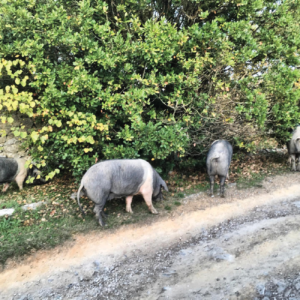
Though worth a few extra pounds, the two carbonara meals didn’t taste the same. This wasn’t surprising. Guanciale and pancetta come from different parts of the pig. Guanciale from the pig’s cheek added heftier pork flavor and chewier texture to Giacomo’s carbonara. Houston Chronicle’s Alison Cook who called Giacomo’s carbonara “traditional” in a review put it this way, “the pork jowl adds an earthy robustness you can’t get using regular old bacon or pancetta.” Beyond earthy robustness, Giacomo’s sauce had an indescribable silkiness presumably from the guanciale’s pan drippings. Pancetta from the pork belly on the other hand seemed milder. It retreated to give Magdalena’s carbonara exquisite balance of ingredients. The word precision comes to mind.
For years I imagined I was the only person who owned Sophia Loren’s cookbook “Sophia Loren’s Recipes and Memories,” until, that is, the ineffable Julia Reed wrote she was the only person who owned Sophia Loren’s cookbook. The Italian actress’s little-known cookbook combines favorite recipes with stories and photographs from her life and career. Loren suffered hunger in Pozzuoli, a small city near Naples, during World War II. Worst than hunger were the fighter planes and nearly daily explosions that rattled her grandmother’s kitchen. Loren clung to Nonna Luisa’s skirt and they made the sign of the cross. There is a picture of Loren age nine wearing her first Communion dress, although the bomb that fell near the church “interrupted” the sacrament. The backdrop to this is worth noting. Allied Forces liberated Italy from Germany. They first bombed Sicily, then scrambled up the boot to crush German strongholds. Sick of Mussolini and of being in bed with Germany, and lacking economic and military resources, Italy changed sides. Not long after the Allies liberated Rome, Italians arrested and shot Il Duce and his mistress near the Swiss border, then hauled their bodies to Milan where crowds spat and peed on them before stringing them from rafters.
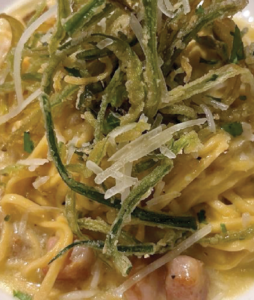
While Loren was making her Oscar winning movie “Two Women” (1960) in a mountainous region in central Italy, charcoal workers shared with her the carbonara they cooked over an open fire. She included their recipe in her book. Its ingredients are pancetta, raw egg yolks, cream, butter, parsley and ground black pepper. Loren doesn’t buy the theory that carbonara was invented in 1944 after the Allies captured Rome and American soldiers handed over their bacon and egg rations to local cooks. It’s more likely GIs supplied ingredients for a dish that already existed, and had strong ties to Central Italy, such as the Lazio region where scruffy charcoal workers fed Loren while she made a movie about two Italian women being gang raped during WWII. Italy’s romance with pork actually dates to the ancient Etruscans who were raising pigs before Rome was founded. Which brings up a memory of the day Donnie and I were wine tasting in the Chianti between Siena and Florence and ate salami made from acorn-fattened Cinta Senese pigs, an ancient breed native to Tuscany that had been farmed by the Etruscans.
Don’t get me wrong, I’m not saying the two Houston restaurants publish loud manifestos or preen self-satisfied on video that their way is the right way or the only way. They don’t. At least as far as I can see. In fact, Magdalena’s says practically nothing about its carbonara except to list “pancetta and pecorino” as ingredients on the menu. Giacomo’s goes a tiny step further. It informs customers its carbonara is “aggressively porky & peppery, NO cream involved.” Additionally, Giacomo’s says in a social media post its carbonara is the “authentic Roman version.” Use of the word authentic hints at fidelity to a canon, but that hardly equates to killing infidels to preserve tradition. Predictably, two Italian food heavyweights, Giacomo’s Lynette Hawkins who’s past triumph was La Mora Restaurant and Magdalena’s Nicolas Nikic formerly of Da Marco and Dolce Vita handle carbonara differently.
Giacomo’s Cibo e Vino
Giacomosciboevino.com
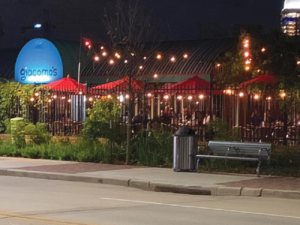
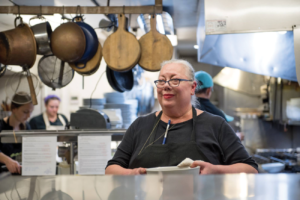
Magdalena’s Trattoria & Pizzeria
magdalenasitalia.com
